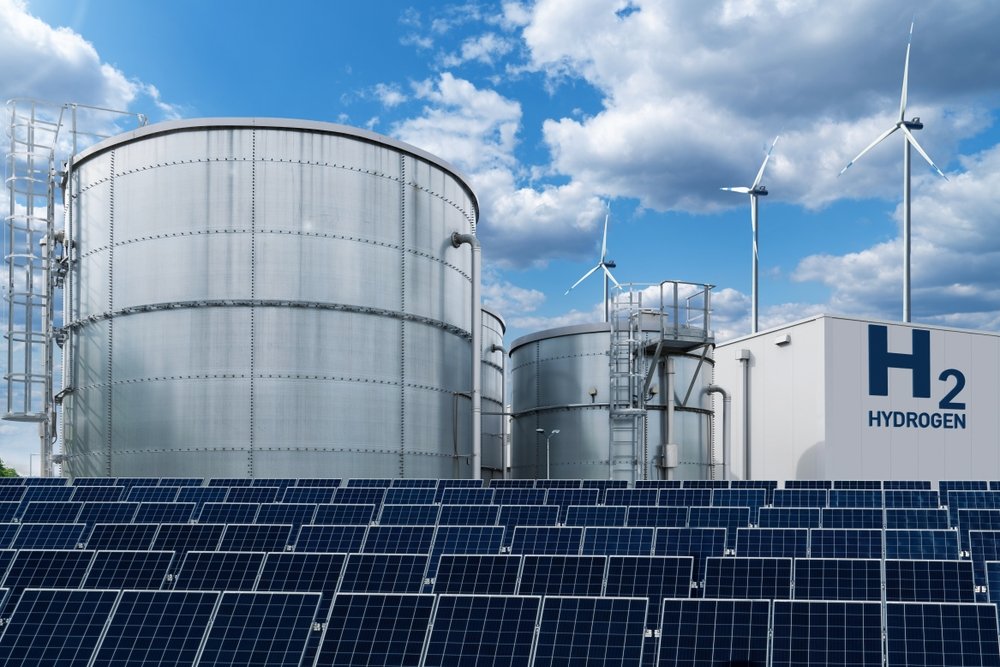Despite significant setbacks in subsidized hydrogen projects in Germany, Austria is sticking to its ambitious hydrogen strategy. The Alpine republic is investing 275 million euros in four major national projects and aims to pave the way to becoming a European hub for green hydrogen. Despite the setbacks in the neighboring country, the Ministry of Economy views these investments as a crucial step towards a sustainable energy future. A well-thought-out energy concept is also intended to help avoid the mistakes of other countries and ensure long-term stability. (kurier: 20.12.25)
Lessons from German failures
Several major hydrogen projects in Germany have ended in failure – often due to bureaucracy, high costs, or a lack of economic viability. Nevertheless, the Austrian government is staying the course. It is confident that it can learn from the German setbacks and avoid typical planning mistakes.

While Germany is partially halting its projects, Austria is focusing on optimism and clear structures. Speed is a crucial factor: Austria wants to develop its hydrogen economy more quickly and efficiently.
Austria’s Hydrogen Strategy Despite Risks
The government’s hydrogen strategy is considered a central component of the future energy concept. With the support of Austria Wirtschaftsservice (aws), approximately 275 million euros are being invested in four projects – including the planned OMV electrolysis plant in Bruck an der Leitha, two projects in Styria, and one in Salzburg. These investments are intended to create a stable infrastructure for production, storage, and transport. Minister of Economy Wolfgang Hattmannsdorfer emphasizes that Austria is deliberately pursuing its own course – despite the known setbacks in Germany.
Long-Term Capital Inflows for the Energy Future
Between 2024 and 2026, a total of 820 million euros will be available through the Hydrogen Promotion Act (WFöG). This program ensures a reliable flow of capital into promising technologies. The goal is to build an entire value chain around hydrogen. This long-term climate strategy is intended to ensure that Austria keeps pace with international developments. The government believes that consistent support now will determine future competitiveness.
The Future of Energy: Between Vision and Reality
Austria’s energy future is closely linked to European cooperation. Green hydrogen is intended to strengthen industry, transportation, and energy supply alike. However, the path remains risky. Experiences from Germany show how quickly ambitious projects can lead to setbacks. Despite this warning, the Alpine republic is sticking to its vision.
Austria Remains on Course Despite Setbacks
The Alpine republic continues to pursue its hydrogen strategy, even though German failures and setbacks are fueling skepticism. Economic viability, technological innovation, and international partnerships will determine its success. With a clear focus, significant investments, and strategic capital inflows, Austria aims to prove that the courage to be independent pays off in the long run – even if the road remains challenging.
